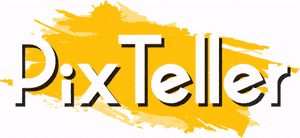Web Design Essentials for Scalable Educational Content
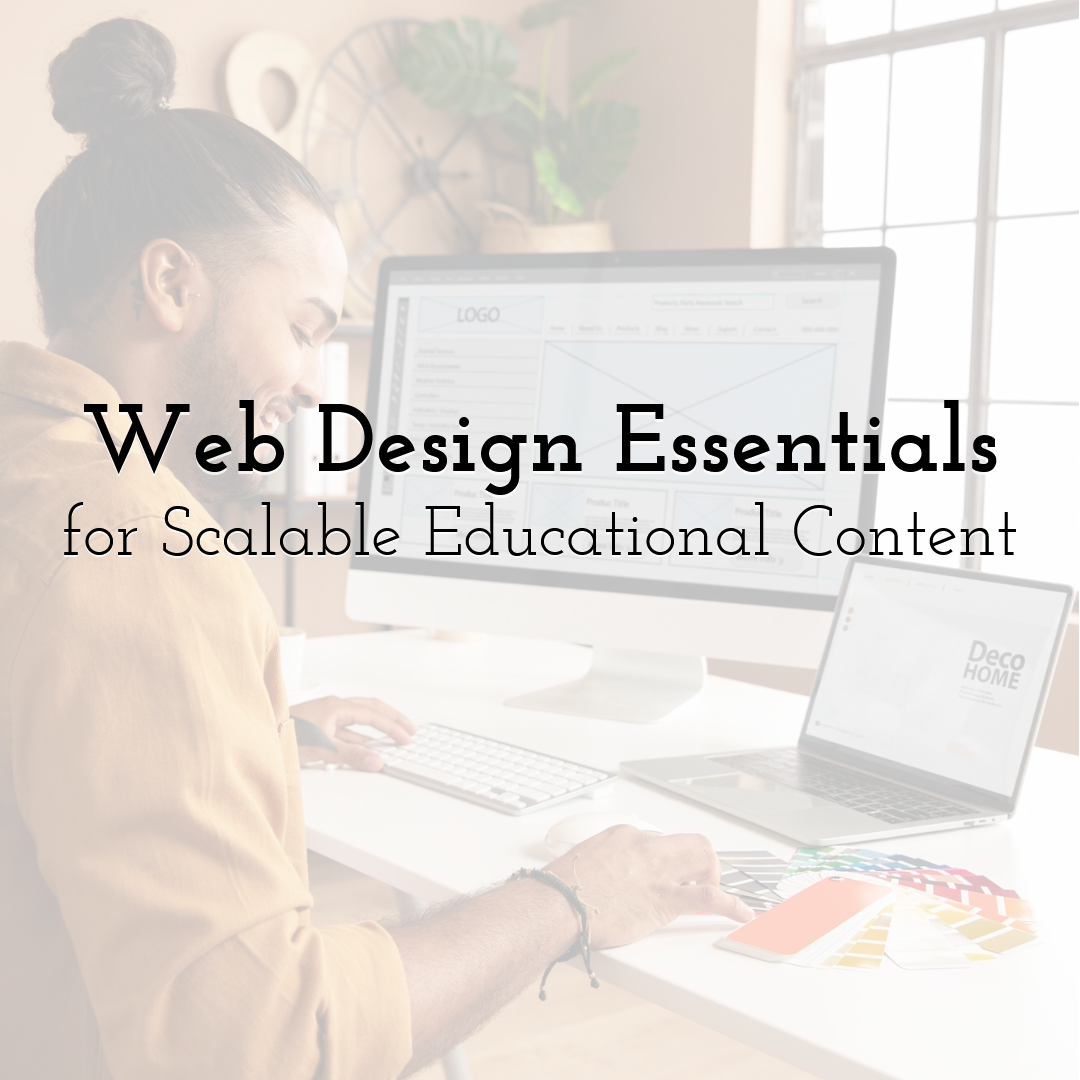
It’s one thing to launch an online learning site. It’s another to grow it without everything breaking along the way.
If you’ve ever tried to scale an educational platform, whether it’s a virtual classroom, a video course series, or a mobile-friendly learning app, you’ve likely run into the usual headaches: slow load times, confusing layouts, or content that just doesn’t adapt well.
Growth is great, but it brings pressure. More users, more devices, more expectations. That’s why smart web design matters so much. The right design choices early on can save you hours of fixing, patching, and reworking later.
This guide focuses on the practical stuff. How to keep your content flexible. How to design for different learners. How to make sure your site loads quickly and works well on any screen.
What Scalability Means in E-Learning
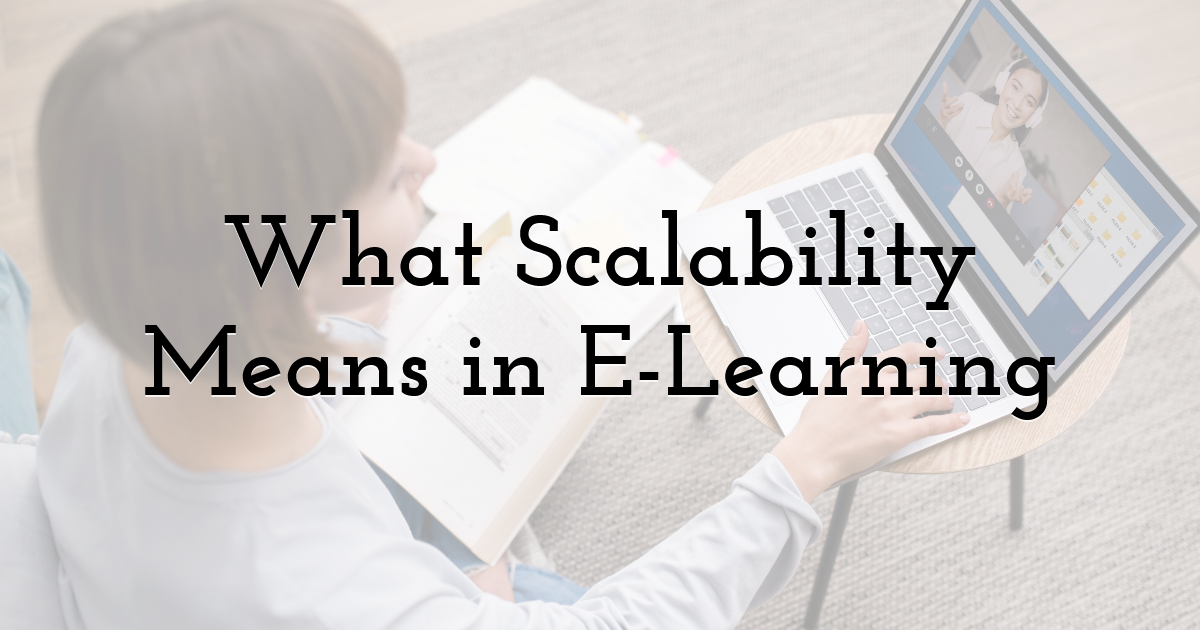
Scalability isn’t just about server power. It’s about growing your user base, content, and features without things falling apart. No slow load times, no confusing navigation, no drop in engagement.
Ask yourself:
- • Are your load times fast during peak hours?
- • Do your learners complete courses or drop off halfway?
- • Does your site work well on both desktop and mobile?
- • Is your bounce rate creeping up?
If any of these are slipping, your design or setup might be holding you back.
Making Your Content Discoverable
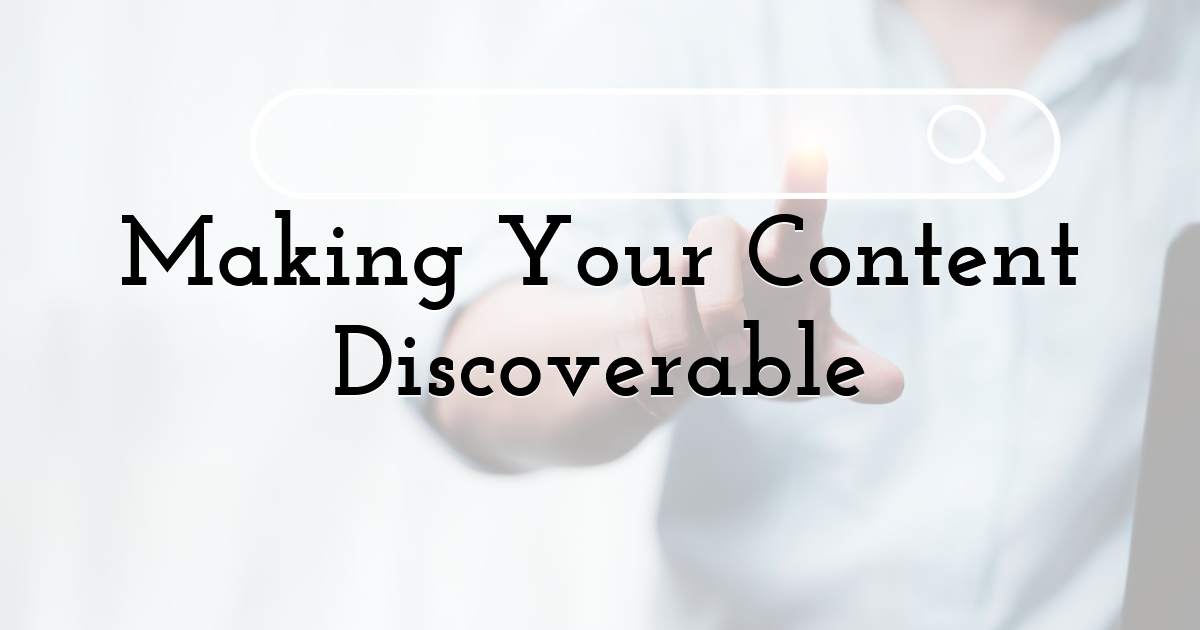
You could have the best lessons in the world, but if no one finds them, they won’t make an impact.
This is where the most important AI SEO tools ( recommended by SaaS SEO agency, Skale) can help you understand what your learners are searching for and optimize your content so it ranks well without stuffing keywords or writing awkward copy.
Think of it as SEO made for educators, not marketers.
By using these tools early, you can build content around real learner intent and improve visibility as your catalog grows
Creating Content That Can Grow With You

One of the biggest challenges in e-learning is creating content that can be reused, adapted, and expanded over time.
Rather than recording long, single-use lessons, break your content into small, reusable chunks. Focus on learning goals, not formats. Once your goals are clear, you can deliver them through videos, quizzes, slideshows, or simulations as needed.
If you're unsure how to build eLearning courses that scale, Synthesia is a great place to start. It helps you create clear, engaging videos using AI-generated presenters, making it easy to deliver consistent, professional content without a full production setup.
Planning your course content this way also makes it easier to update or translate later, without redoing everything from scratch.
Smarter Learning Design, Not Flashier
Good design keeps learners focused. That doesn’t mean fancy animations or flashy graphics. It means structure, clarity, and consistency.
Use visual cues like progress bars, arrows, and clean layouts to help learners know where they are and what comes next. Stick to consistent colors, buttons, and fonts so nothing feels out of place.
Helping Learners Stay Engaged
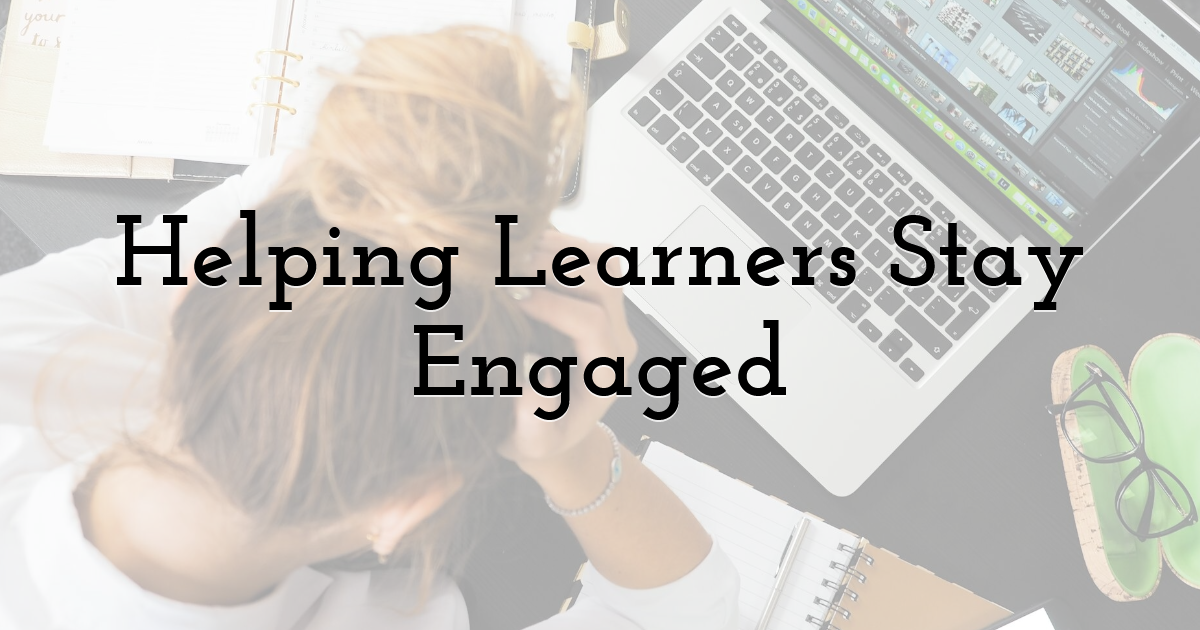
Good UX makes learning feel smooth, not frustrating.
That means:
- • Short lessons for short attention spans
- • Options for different reading levels and speeds
- • Mobile-friendly layouts with tap-friendly buttons
- • Visual feedback for progress and achievements
Start by building learner profiles. Are they teens using school-issued tablets or adults learning at night on their phones? Then adapt your structure accordingly.
Interactive elements like quizzes, drag-and-drop exercises, and short videos can make a huge difference. Just make sure feedback is clear. Don’t just say “wrong,” explain why.
Accessibility Is Part of Growth
If your content can’t be used by someone with a screen reader or poor eyesight, you’re leaving learners behind.
Follow accessibility basics:
- • Alt text on all images
- • High-contrast fonts and color schemes
- • Keyboard navigation support
- • Subtitles and transcripts on every video
Also, consider users with different needs. ESL learners, neurodivergent learners, or people recovering from injuries. Offer content in more than one format: text, audio, and visuals, wherever possible.
Make Sure Your Site Can Keep Up
A polished front-end won’t mean much if your backend can’t keep up. As your content library grows and your learner base expands, your systems need to handle the load without becoming a headache to maintain.
Choose Tools That Grow With You

Your LMS and CMS should do more than just hold your content. They should help you create, manage, and update courses easily. Especially if you’re working with a team.
Look for features like:
- • Visual, drag-and-drop course builders
- • Support for SCORM and xAPI so your content plays nicely across tools
- • Role management, so instructors, editors, and learners each get the access they need
- • Built-in feedback tools like quizzes and surveys
Popular choices like Moodle, LearnDash, or a well-built WordPress setup (with education-focused plugins) give you flexibility. They’re also backed by large user communities, so when you hit a snag, you won’t be stuck figuring it out alone.
More importantly, steer clear of systems that lock you in. If it’s hard to add new content types or make updates without a developer, that’s a red flag.
Speed and Mobile Readiness
Many learners access content on mobile devices or from areas with slow internet. Design for speed and flexibility:
- • Use compressed images
- • Lazy-load media content
- • Avoid hover-only actions (they don’t work on touchscreens)
- • Use a responsive layout that adapts to every screen size
These tweaks are the difference between a learner staying engaged or giving up. Even small delays in loading can have a huge impact on completion rates, especially in mobile-first countries.
Keep Improving With Real Data
Learning platforms aren’t one-and-done projects. They need regular tuning, just like a good lesson plan.
Instead of guessing what’s working, look at the data. Where are people dropping off? Are learners finishing your quizzes, or bouncing before the end? If certain lessons are consistently skipped, something might be off with the layout or delivery.
Even small details, like which devices people use or how far they scroll down the page, can reveal what’s helping and what’s getting in the way. You don’t need to become a data scientist, just check your analytics every so often and look for trends.
If a video keeps getting paused at the same timestamp, maybe that section is unclear. If students ace every quiz question except one, maybe you need to revisit how you’re teaching that topic.
Improving your platform doesn’t mean starting from scratch. It’s about listening to what your users are telling you, whether through feedback forms or just their clicks.
Planning for the Future of Learning
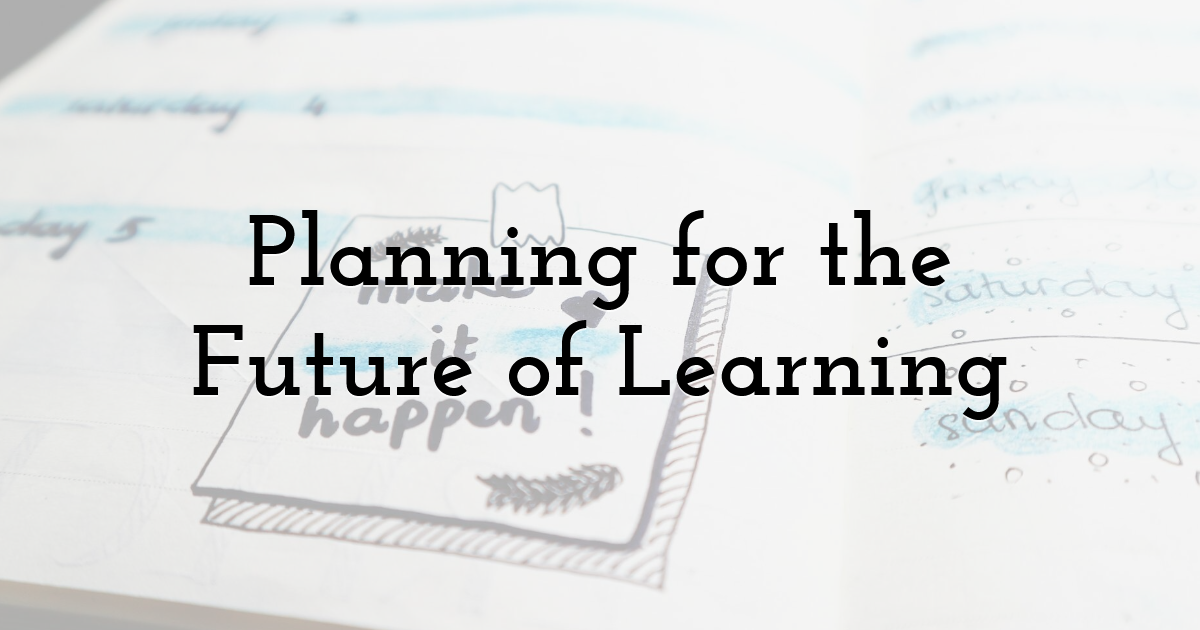
The world of online education keeps changing. New tools pop up all the time, but that doesn’t mean you need to chase every trend.
But will this help your learners?
For example, some platforms now use AI to guide students based on how they’re doing, offering extra help if they’re stuck, or nudging them forward if they’re flying through lessons. It’s not magic. But when done well, it can keep people engaged and make learning feel more personal.
Voice commands are another one to watch. They’re especially helpful for learners who have physical challenges or for anyone who’s multitasking. Simple voice search or hands-free navigation can make a big difference in accessibility.
VR and AR? They’re exciting, sure, but they only work if they add something valuable. A 3D tour of an ancient city? Great. A virtual classroom where students just sit at virtual desks? Probably not worth the effort.
Design for the Long Haul
One day, you’ll want to add a new course, or update your logo, or translate your entire site into another language. When that time comes, you’ll be glad you set things up properly.
That’s where design systems help. They’re not just about branding—they’re about making your work easier over time. Instead of rebuilding every page from scratch, you can pull from a shared set of styles and templates.
Need a new button? It’s already styled. Need a consistent layout for lessons? Already mapped out.
Security and Privacy Shouldn’t Be Optional

If your learners are trusting you with their data, you need to protect it. That means basic stuff — like using strong passwords and keeping your software up to date — but also thinking ahead.
Use encrypted connections. Add two-factor authentication for your admin dashboard. Make sure your privacy policy is clear and easy to find. And if you work with younger users, make sure you’re following the laws that apply, like GDPR or FERPA.
Good privacy design isn’t about scaring people off with fine print. It’s about building trust.
What Scalable Design Really Looks Like
When everything clicks, learners don’t think about the design; they just learn. You’re not just trying to serve more people. You’re trying to serve them better.
Make your content easy to update and reuse, so you’re not starting from scratch every time you add something new. Use the right tools to help you work smarter and save time. Keep the basics in place, too. Things like mobile-friendly pages, simple navigation, and text that’s easy to read. Make sure your site loads quickly and works well no matter what device someone’s using.
Pay attention to what the data tells you, not just about what’s working, but where learners might be getting stuck. And finally, be open to trying new technology, but only if it actually makes things better for the people using your content.
Until next time, Be creative! - Pix'sTory
Recommended posts
-

Top Web Designers on Twitter
Read More › -
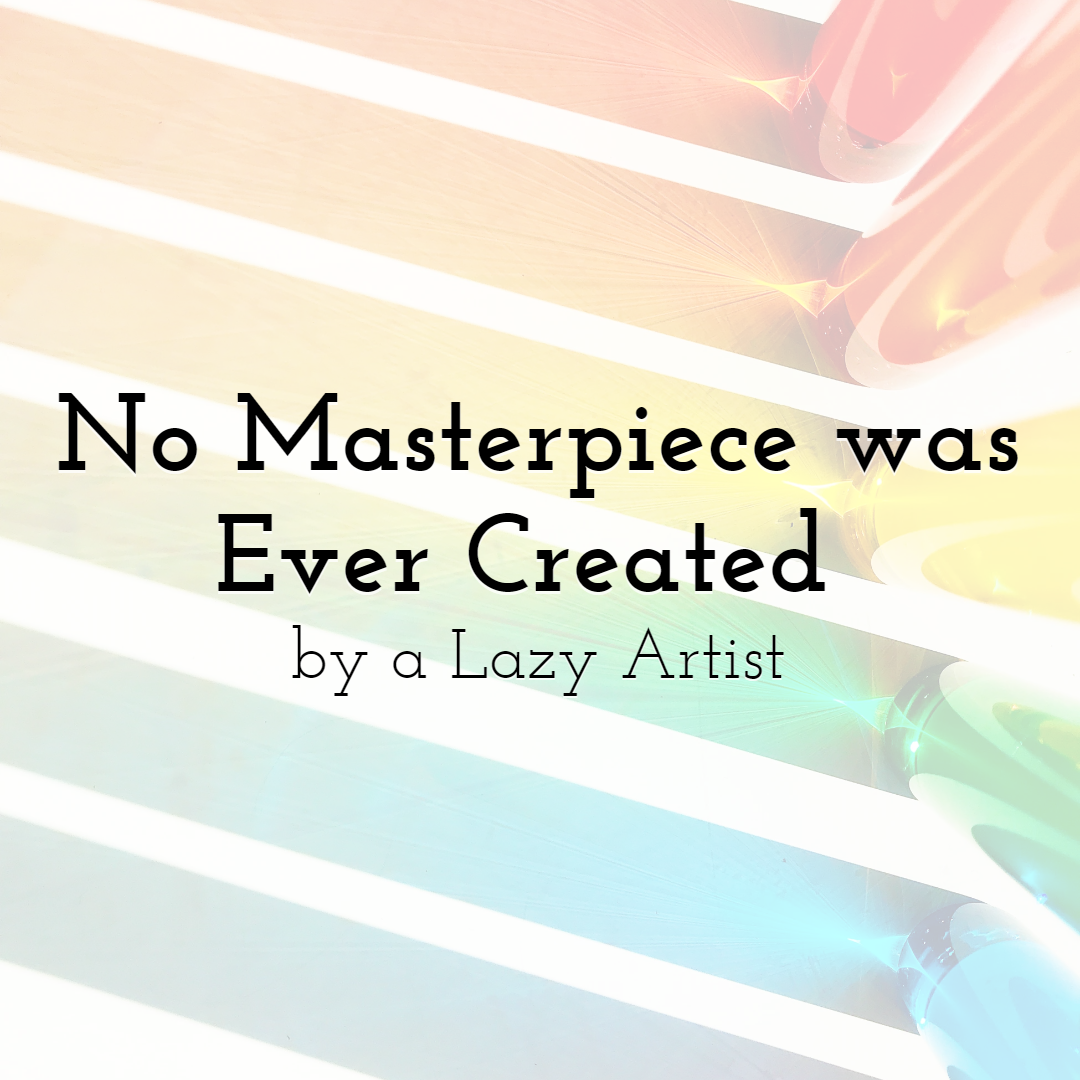
No Masterpiece was Ever Created by a Lazy Artist
Read More › -

Top 9 Graphic Design Software in 2021
Read More › -
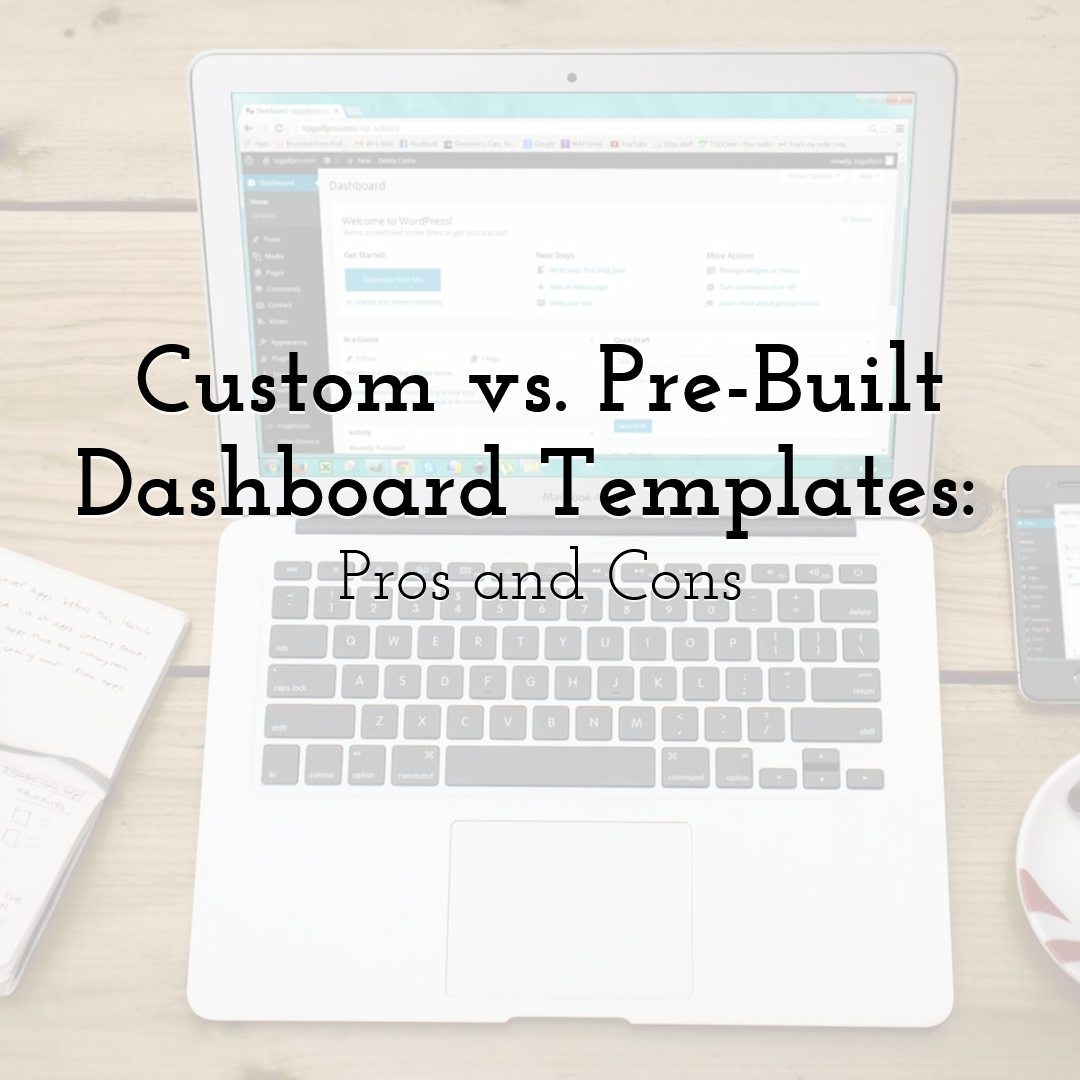
Custom vs. Pre-Built Dashboard Templates: Pros and Cons
Read More › -

10 Reasons Why You Should Use Video Marketing for Business
Read More › -

12 Tips To Become A Better UX Designer
Read More ›
